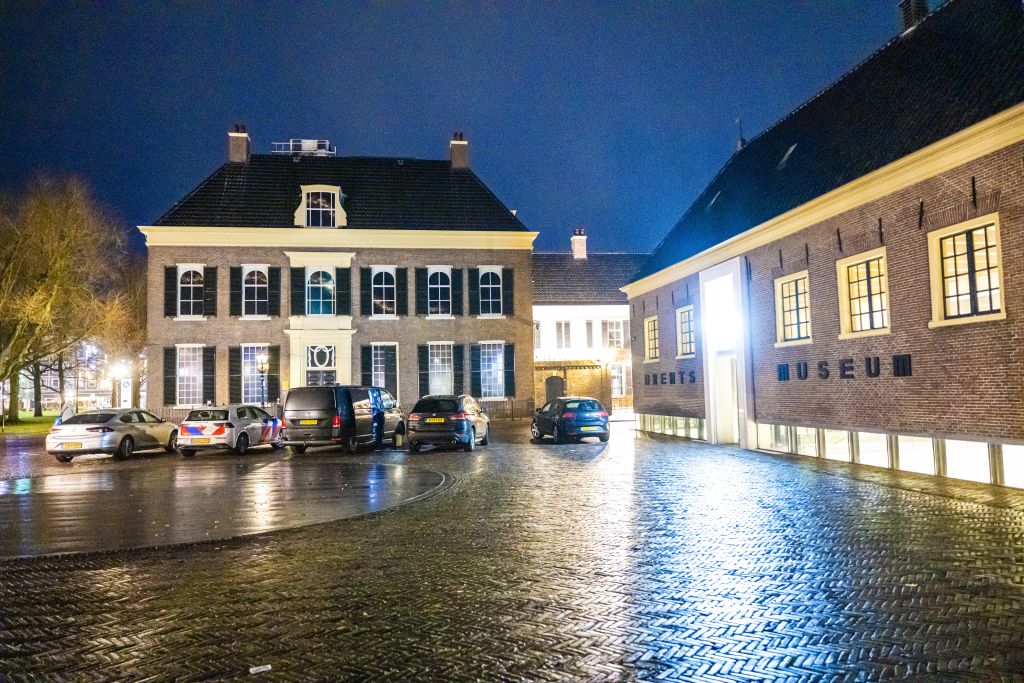Dutch officials now believe the suspects involved in a heist of Dacian gold artifacts from the Drents Museum in Assen earlier this year hid the artifacts after failing to sell them on the black market, Romania Insider reported Monday.
The theory offers the possibility that the artifacts, including the Helmet of Coțofenești, dating back to the 5th century, could still be recovered intact. (Authorities previously presented a theory that the artifacts could have been melted down to salvage the gold and sells the materials without being detected.)
Related Articles

The gold, which was in Drent on loan from Romania’s National History Museum and insured for €30 million, was stolen during a nighttime raid in January. Authorities arrested the first suspects on January 29.
This week, a Dutch district court extended the pre-trial detention of two of those suspects by another 90 days. They face charges of aggravated theft, property destruction, and causing an explosion. A third suspect, aged 20, remains in custody after reportedly confessing his involvement to undercover agents. Four additional individuals remain under investigation but are not in custody.
In a related update, authorities conducted new searches of business properties in April and detained two more suspects.
Dutch police believe the suspects have kept the gold hidden after failing to find buyers, with some experts arguing that their rarity would make it difficult to sell them underground without notice.
The next hearing related to the case is set for July 30, with a full trial expected to begin in 2026.

